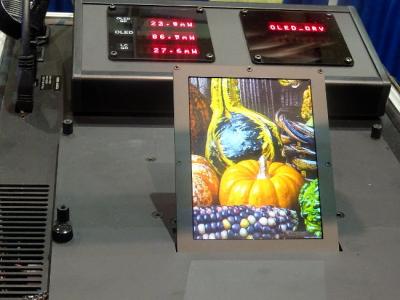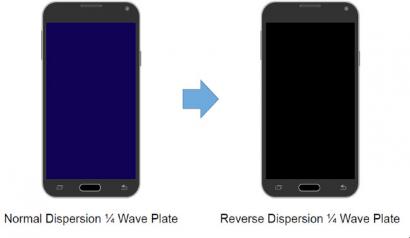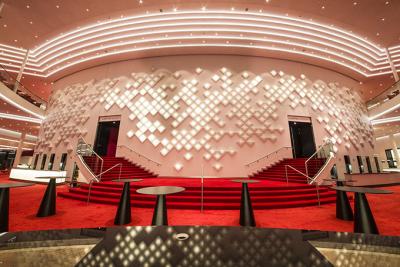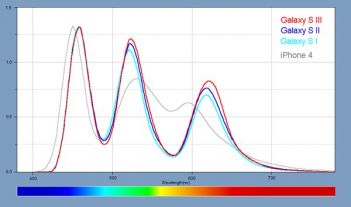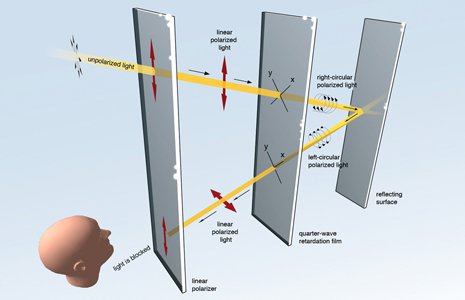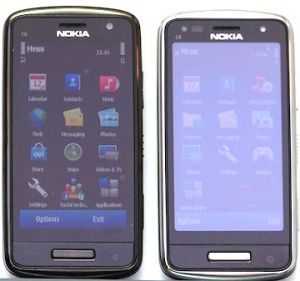Light Polymers introduce the world's thinnest OLED circular polarizer
US-based Light Polymers launched a new circular polarizer for OLED displays based on its lyotropic liquid crystal technology. The new polarizer is said to be the world's thinner polarizer at only 45 µm.
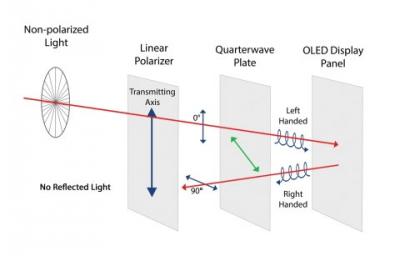
These lyotropic liquid crystals are water-based, and can be coated using industry standard coating equipment at nearly room temperatures. This enables the company to produce these displays at a lower-cost compared to alternatives, and its production line can currently coat around 30-40 million m2 per year, costing a tenth of the capex and lower energy costs than competing processes (this is according to Light Polymers, of course).
